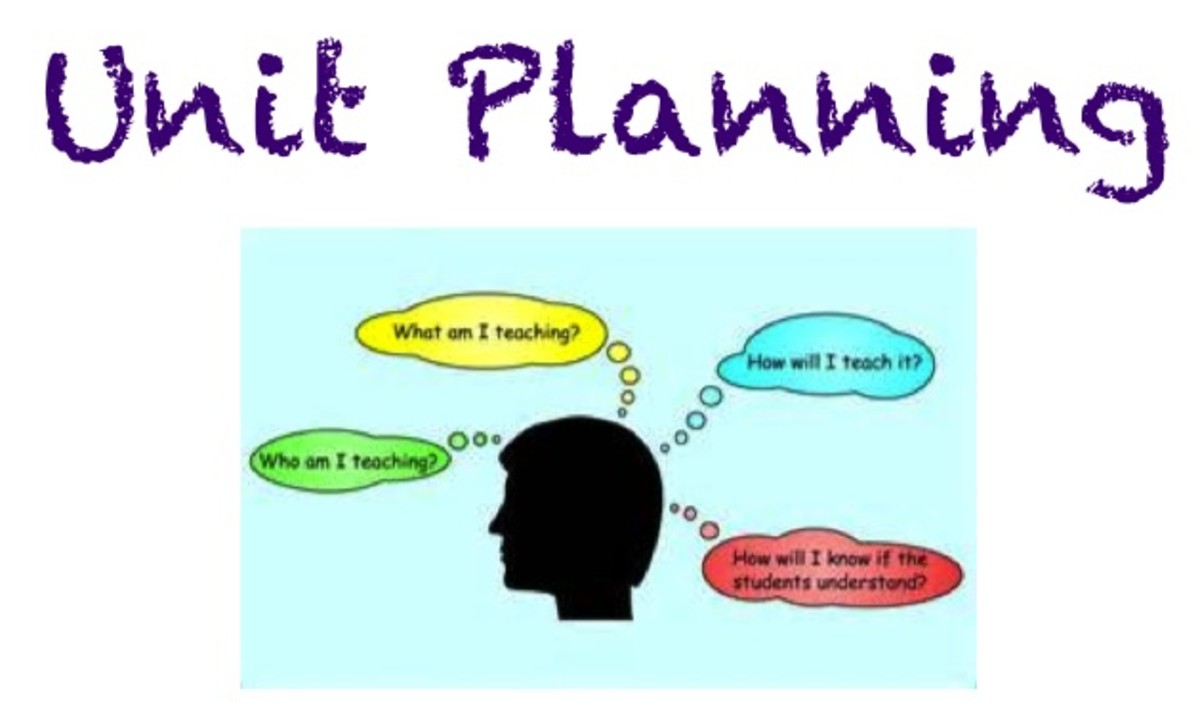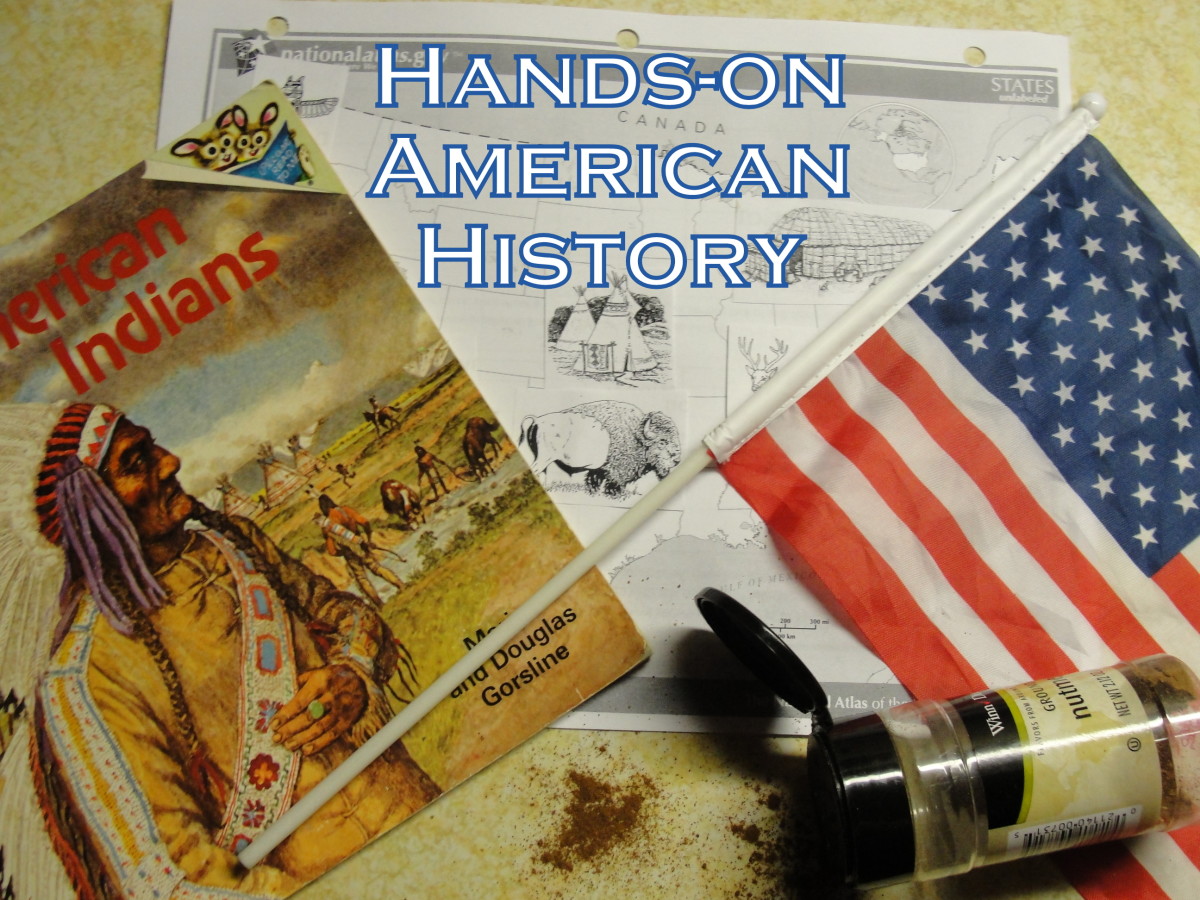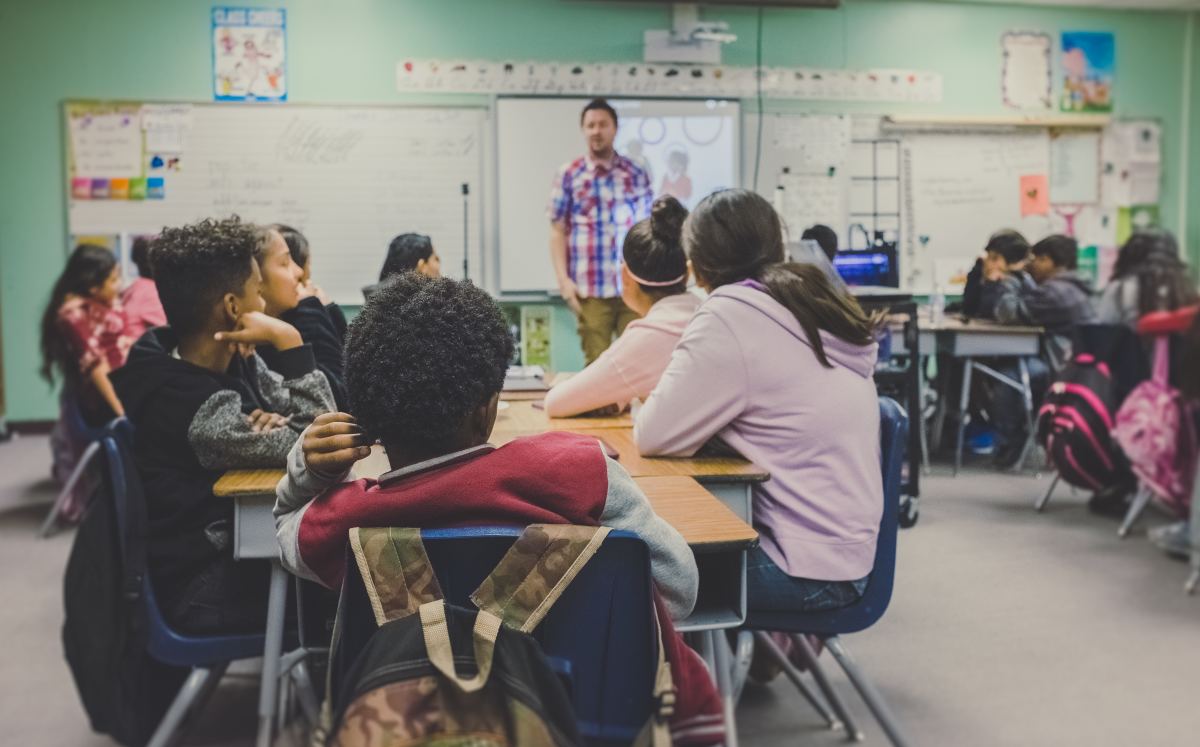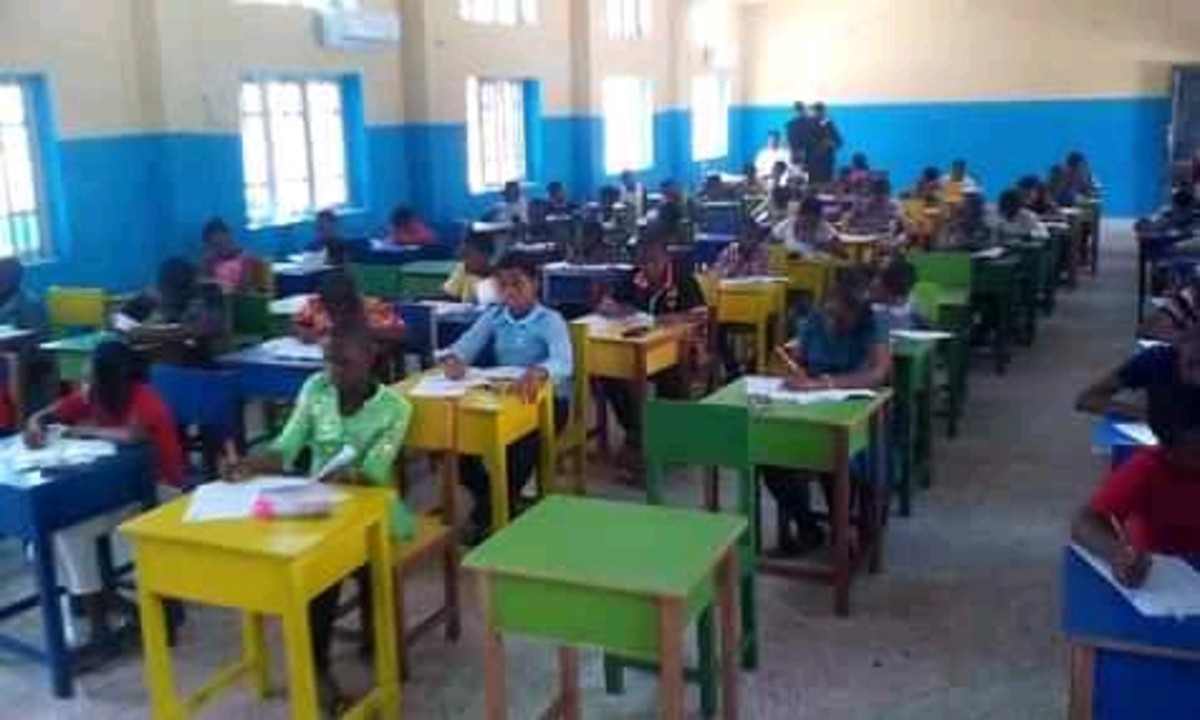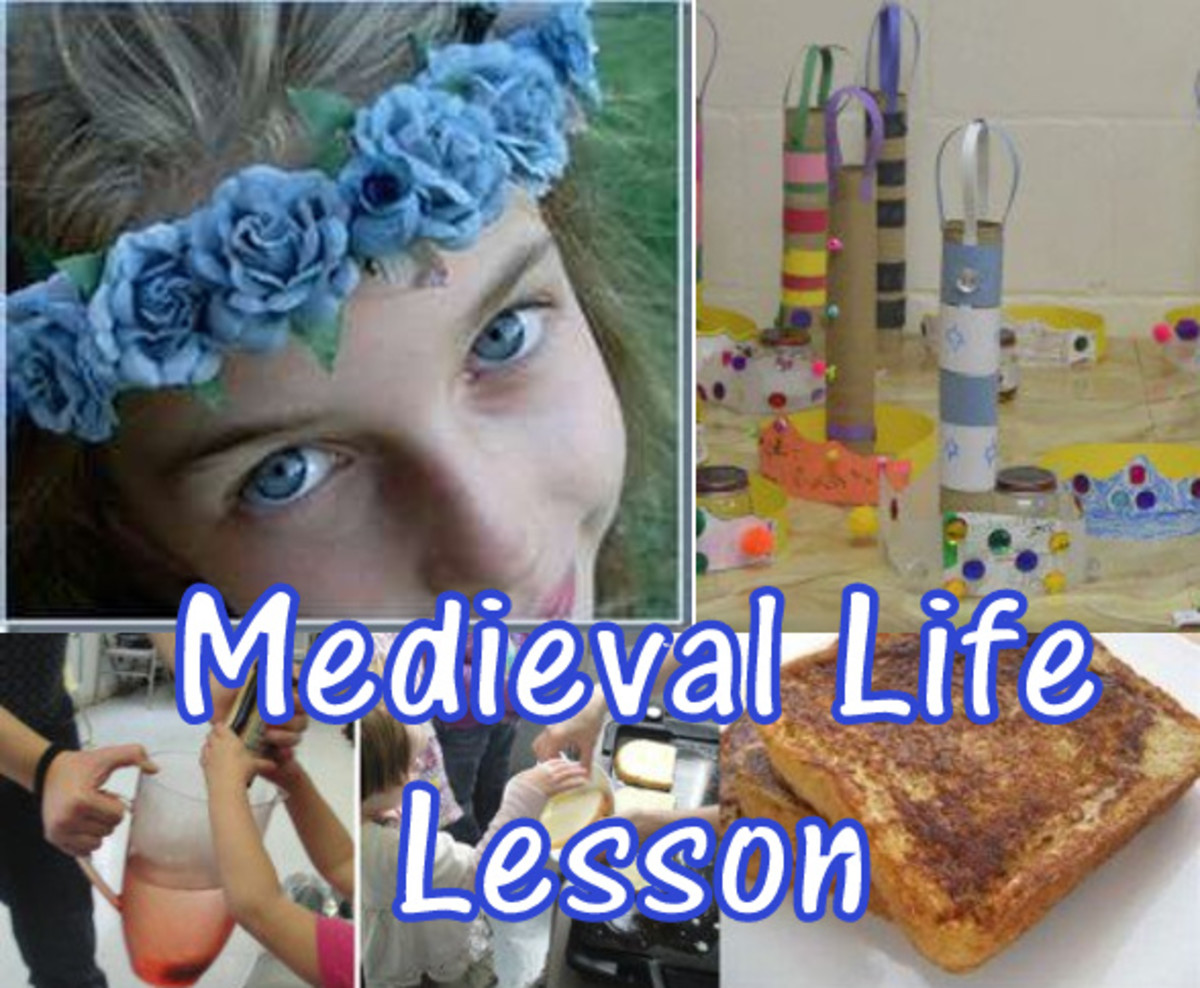- HubPages»
- Education and Science»
- Teaching»
- Lesson Plans
How to prepare a lesson :: Lesson plan sample :: Different parts of a lesson plan
If a doctor has a stethoscope, an engineer has a calculator, the teacher has a lesson plan to make things easier for her or him. A lesson plan is indeed very important to all teachers in elementary and high school for it serve as a guideline on how dish out a lesson with precision and efficiency.
Here's the backbone of a lesson plan (with valuable tips and pointers) that can be utilized in all subjects whether you are an elementary or a high school teacher.
I. Learning Objectives:
At the end of this lesson, the pupils/students should able to: (It should start with this)
(Tips: You must have three to eight objectives (though 2 to 5 is sufficient already) starting from the word describe, demonstrate, classify, explain, cite, identify, name,name ways, differentiate, enumerate, find out, define, compare, infer, state, show evidence, tell, observe that, determine and discuss.)
II. Learning Content
A. Topic: (The title of your topic)
B. Skills: (The students must be able to accomplish the objectives that were set)
C. Concepts: (The thought(s) of the lesson)
D. Values: (Positive traits, qualities or attributes that the students will learn from the lesson)
E. Instructional Materials: (Visual aids - graphs, tables, illustrations, drawings, flash cards, posters, etc - that will make teaching fun and interesting)
III. Learning Experiences
A. Motivation: (The teacher must be able to find a way to make his/her lesson interesting by getting their attention and by telling a thought-provoking and compelling question. The teacher must be able to get as many questions as he/she can. Keep in mind that you are prepared to give substantial questions that were given by the students.)
B. Lesson Proper: (This is the main content of your lesson. Be familiar with your topic and make research if necessary)
C. Evaluation: (You can make a short quiz and seat work to gauge if the students understand the lesson and discern which of the students stand out from the rest.
D. Reinforcement: (You may add other important and relevant information about the subject matter. You an also give them an assignment, research work or project to work with at home).
E. Enrichment: (Give the relevance of the lesson by sharing your experiences and stock knowledge about the lesson. You may also give them trivia and facts about the lesson. Better still, you may give the significance of the topic in real life.)

Here is an example of an engaging lesson plan in Science subject that is proactive and at the same time will encourage students to think deeper and be attentive on their class.
The topic is all about the skin, our body’s largest organ.
I. Learning Objectives:
At the of this lesson, the pupils/students should able to
a. Describe the skin;
b. Identify the parts of the skin;
c. Identify the function of each part of the skin
d. Describe the texture of various objects
II. Learning Content
A. Topic: Parts of the skin and their functions
B. Skills: Describing the skin; identifying parts of the skin; describing the texture of the different objects
C. Concepts:
- The skin is the sense organ for feeling
- Its functions includes keeping the body warm, releasing waste products and protecting the body
D. Values: Wearing appropriate clothes will protect the skin
E. Instructional Materials (Visual Aids): Illustrations showing the parts of the skin and objects found inside the classroom
III. Learning Experiences
A. Motivation:
Ask the students, “What would be your reaction whenever you touch a very hot object?” Get as many answers as you can.
B. Lesson Proper
1. Ask the students, “What enables you to feel hot objects?” Head your pupils to conclude that the skin is the one that permit an individual to feel the texture and temperature of objects
2. Display the illustration about different parts of the skin
3. Have the students perform a board work and talk about the results later.
4. Talk about the different functions and roles of the different parts of the skins.
C. Evaluation:
Make 5 multiple choice questions and allow your students to answer it in five minutes. If the allotted is over let them exchange papers and let them check it. You can also make other questions thru identification, enumeration, matching type or an essay to gauge if the students understand their lesson well.
D. Reinforcement:
You may discuss about the skin grafting that is done by doctors on their patients.
Share valuable information about the different parts and function of the skin.
E. Enrichment:
Say something dermatologists and their roles in treating various skin disorders. Also, tell your students that they also treat hair and nail disorders.
Thanks a lot for the read and for dropping by. I hope this is helpful in a way.
My 30th Hub in the HubChallenge
Related link:
- The Importance of Lesson Plan
If the trademark of a doctor is the sthethoscope, the engineer is the calculator, the teacher cannot be able to teach without his or her lesson plan.


